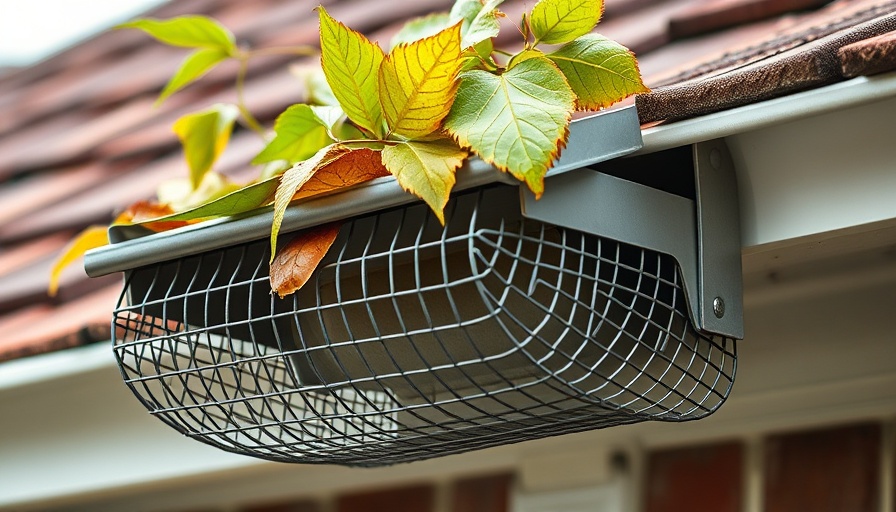
The Future of Freight Transport in Australia
Mount Isa City Council has recently launched the Future Ready Economy Roadmap, marking a pivotal development for the city as it adapts to the impending closure of the Glencore mine. Among the 28 priority projects identified in this roadmap is the ambitious FLYING WHALES airship base, which promises to revolutionize freight logistics in remote and regional Queensland by offering an efficient and eco-friendly transport alternative.
What Is the FLYING WHALES Project?
FLYING WHALES, a French-Canadian aeronautical consortium, aims to establish a global airship freight network, with Mount Isa chosen as the first operational base in Australia. Their main product, the LCA60T, is a large rigid airship capable of carrying up to 60 tons of cargo.
Juliette Vicaire, FLYING WHALES’ Australian Project Manager, outlines how the airship technology is uniquely designed to support freight logistics, particularly in regions that require flexibility and resilience. Mount Isa, rich in mineral resources, stands to benefit greatly as its mining sector prepares to supply the growing demand for critical minerals.
Revitalizing Mount Isa's Economy
The establishment of the airship base is more than just a boost to logistics; it’s a vital step towards economic diversification for Mount Isa. Mayor Peta MacRae highlighted that "this partnership is going to add so much in terms of service and connectivity" during the project's announcement. With the potential to create 100 permanent local jobs, the airship base will not only provide economic stability but also foster long-term resilience against future challenges.
A Sustainable and Adaptive Solution
FLYING WHALES emphasizes environmental sustainability with its hybrid-electric airship, which eliminates the use of hydrogen and relies on helium, making it a safer, low-emission option compared to traditional transport methods. This innovative design stands out as a net-zero transport alternative for heavy freight.
Vicaire noted, "Our solution is poised to enhance logistics flexibility and resilience, ensuring a continuous flow of critical goods, even during adverse weather conditions." This adaptability is particularly crucial considering Queensland's history of severe weather events and natural disasters.
Humanitarian Potential and Disaster Recovery
The FLYING WHALES project extends its capabilities beyond commercial freight; it represents a significant asset for humanitarian efforts in disaster relief. Vicaire elaborated on the airship's operational logistics during crises, stating, "We’ll be able to deliver supplies—generators, fuel, food, and water—much more efficiently than current methods, even in challenging situations like floods or infrastructure failures." This innovative air transport could revolutionize how aid is delivered in emergencies, ensuring that communities receive essential supplies quickly and effectively.
The Road Ahead: Collaborations and Innovations
Since signing a memorandum of understanding with Mount Isa City Council in late 2024, FLYING WHALES has begun engaging with both state and federal stakeholders to secure funding and finalize the construction of their airship base. The collaboration focuses on not just local infrastructural development but also establishing a long-term operational network across the Asia-Pacific region.
Looking forward, FLYING WHALES envisions expanding its airship network to six bases across Australia, with the ultimate goal of achieving 160 operational bases globally. This ambitious expansion plan is set to commence with the construction of new facilities in Australia, France, and Canada, ready for operations by 2028.
Conclusion
The FLYING WHALES airship base represents a significant leap toward modernizing transport logistics in Australia, particularly in remote regions like Mount Isa. With its innovative approach to freight transport, the project has the potential to transform not only the local economy but also the way Queensland responds to natural disasters. This strategic initiative could very well be the catalyst that propels Mount Isa into an era of technological advancement and economic diversification.
The community and stakeholders are now called to rally behind this groundbreaking project, which promises to enhance connectivity, support economic growth, and position Mount Isa as a leader in innovative logistics solutions.
 Add Row
Add Row  Add
Add 






Write A Comment